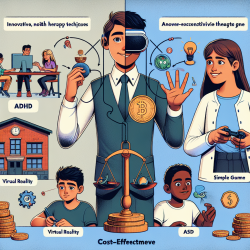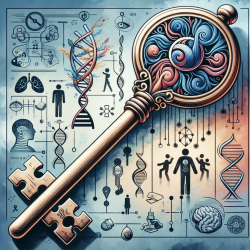As practitioners in the field of online therapy, staying informed about environmental factors that impact our clients is crucial. The research article titled "Spatiotemporal Distribution Characteristics and Driving Forces of PM2.5 in Three Urban Agglomerations of the Yangtze River Economic Belt" provides valuable insights into air quality issues that can directly affect the well-being of individuals in urban settings.
Understanding PM2.5 and Its Implications
PM2.5 refers to fine particulate matter with a diameter of less than 2.5 micrometers. These particles are small enough to penetrate deep into the lungs and even enter the bloodstream, posing significant health risks. The study highlights the spatiotemporal distribution patterns of PM2.5 in three major urban agglomerations along the Yangtze River Economic Belt: Cheng-Yu, Yangtze River Middle-Reach, and Yangtze River Delta.
Main Findings and Driving Factors
The research identifies key factors influencing PM2.5 levels, including the number of enterprises, social public vehicles, total precipitation, wind speed, and green coverage in built-up areas. These elements vary significantly across different urban agglomerations, affecting air quality and consequently public health.
Practical Applications for Practitioners
- Acknowledge Environmental Stressors: Understanding local air quality can help therapists recognize environmental stressors affecting clients' mental health.
- Incorporate Environmental Education: Educating clients about environmental impacts on health can empower them to make informed decisions about their lifestyle and environment.
- Advocate for Policy Change: Therapists can play a role in advocating for policies that improve air quality and public health.
The Role of Further Research
This study opens avenues for further research into how environmental factors like air pollution influence mental health outcomes. Practitioners are encouraged to delve deeper into these connections to enhance their therapeutic approaches.
The use of advanced models like Geographically Weighted Regression (GWR) and Multiscale Geographically Weighted Regression (MGWR) in this study demonstrates innovative ways to analyze complex data sets, which could be applied to other areas of research within therapy practices.
Conclusion
The intersection of environmental science and therapeutic practice is an emerging field that holds great promise. By integrating findings from studies like this one into practice, therapists can offer more holistic care that considers both psychological and environmental factors.










